World Book Day | The great director has a big head.
As the saying goes, there are specialties in art, but literary and artistic things are by analogy; The film known as the "seventh art" is the epitome of other art forms. In particular, filming and writing are essentially telling stories, so it has also been said that the better a film director is, the more he can write fascinating words when he puts down his guide and picks up his pen.
On the occasion of "World Reading Day" on April 23rd, I sincerely recommend the following ten works by film directors to readers. No matter you are a movie fan or a book fan, I believe you can gain pleasure from reading.
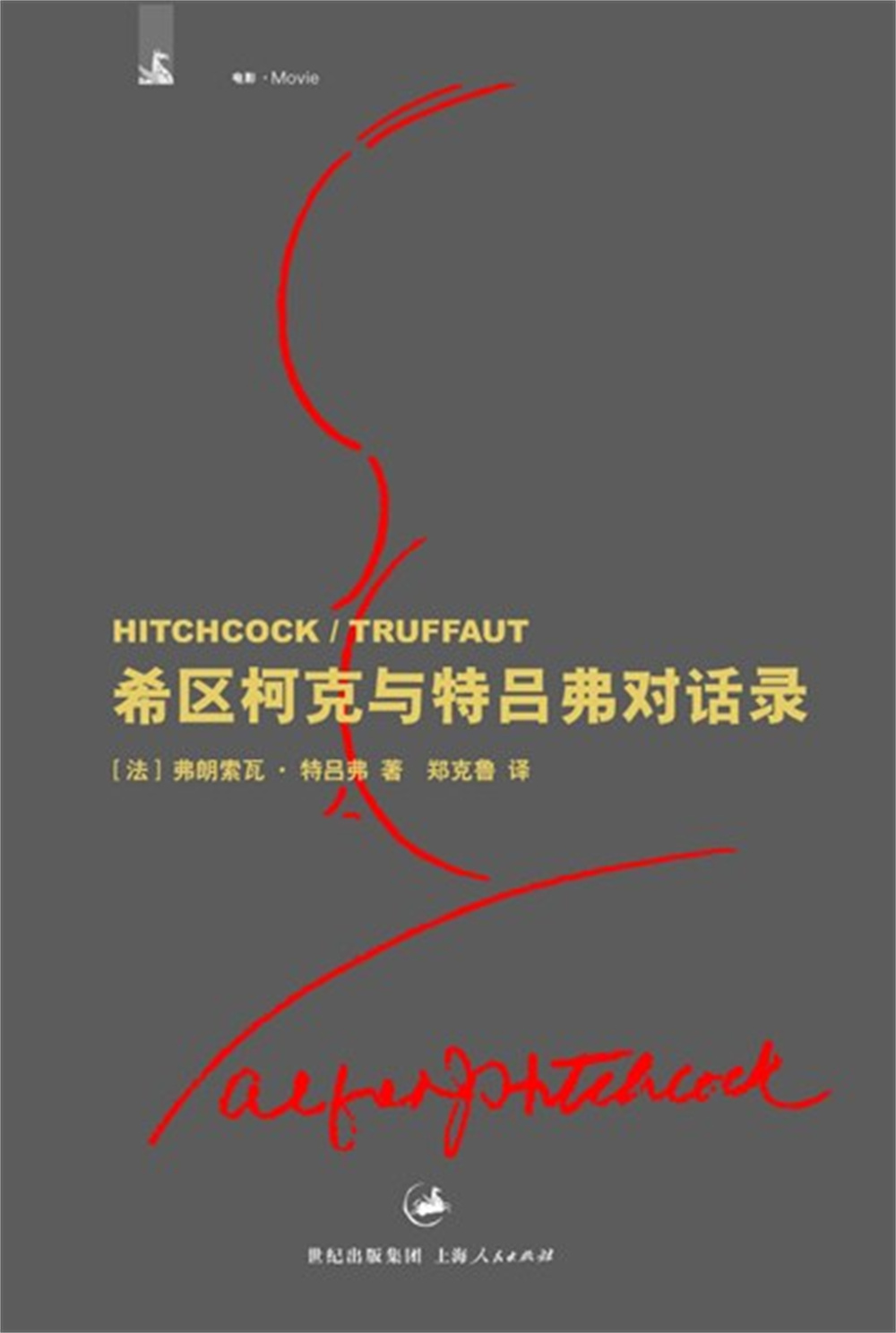
Hitchcock: A Dialogue between Hitchcock and Truffaut.
Author: Franç ois Truffaut
Publication date: 1966
Hitchcock, the master of suspense, is a household name. The reason why this successful commercial film director can be promoted to the altar of art is largely attributed to Franç ois Truffaut, the director of the French "New Wave", and his colleagues in the editorial department of the Film Handbook.
In April 1962, Hitchcock, who was busy with the post-production of Birds, received a letter from his younger generation Truffaut, in which he hoped to have an exclusive interview with him for 30 hours, asking 500 questions in turn at one time, and then published it as a book, which was published simultaneously in new york and Paris. Hitchcock readily accepted this bold proposal, and confirmed in the reply telegram that he would be interviewed in his office at Universal Studios on August 13th, his 63rd birthday. With the professional translation of a friend, Ms. Helen Scott, Truffaut, who didn’t know English, successfully completed the interview, and then carefully selected and combed the 52 tapes, and finally published the Dialogue between Hitchcock and Truffaut in 1966.
For more than half a century, this book has always been regarded as a classic to interpret Hitchcock’s works and has been translated into many languages, including Chinese. It is worth mentioning that apart from Truffaut, two other "New Wave" flag-bearers, eric rohmer and claude chabrol, have also co-authored a monograph by Hitchcock, but its spread cannot be compared.
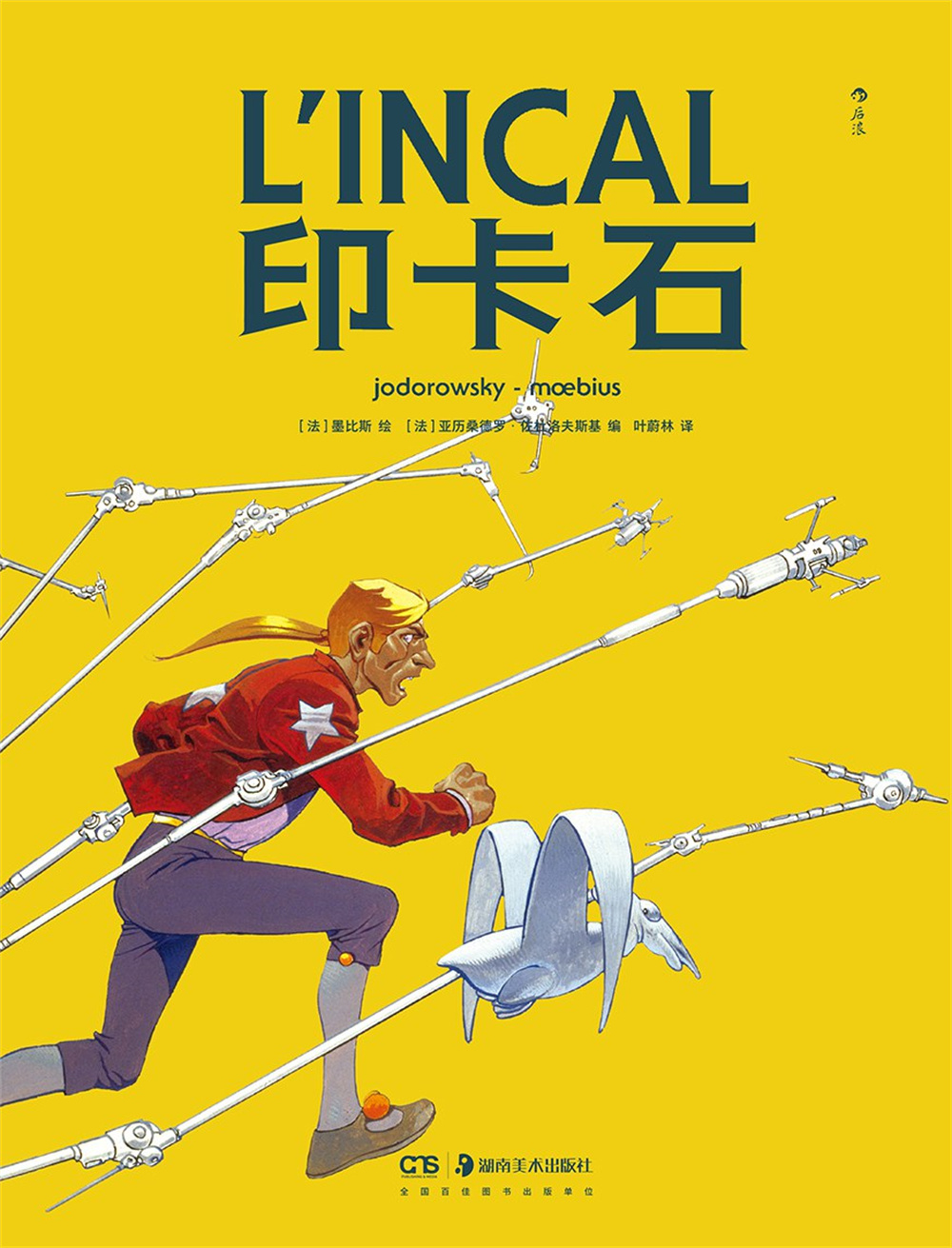
The Incal (The Incal)
Author: Alessandro ZoDurov base
Publication date: 1980
The release of the movie Dune made many people know the name of alexandro jodorowsky. In addition to last year’s denis villeneuve version and 1984′ s david lynch version, there was a stillborn version of Zodulov. This Chilean director, who is famous for his films such as The Holy Mountain and The Mole, has devoted great enthusiasm to bringing Dune to the screen, and even gathered a luxurious lineup including painter Dali, rock singer mick jagger, band Pink Floyd and movie giant orson welles, but in the end he failed to get any investment from any film company because of the high production cost. Disappointed, Mr. dulov had to write these stories into novels, and then add them to the drawings of the French cartoonist Mobius, and the great graphic novel "Inka Stone" was born. Last year, it was reported that taika waititi, a New Zealand director who had a successful life in Hollywood, planned to put "Inca Stone" on the screen.
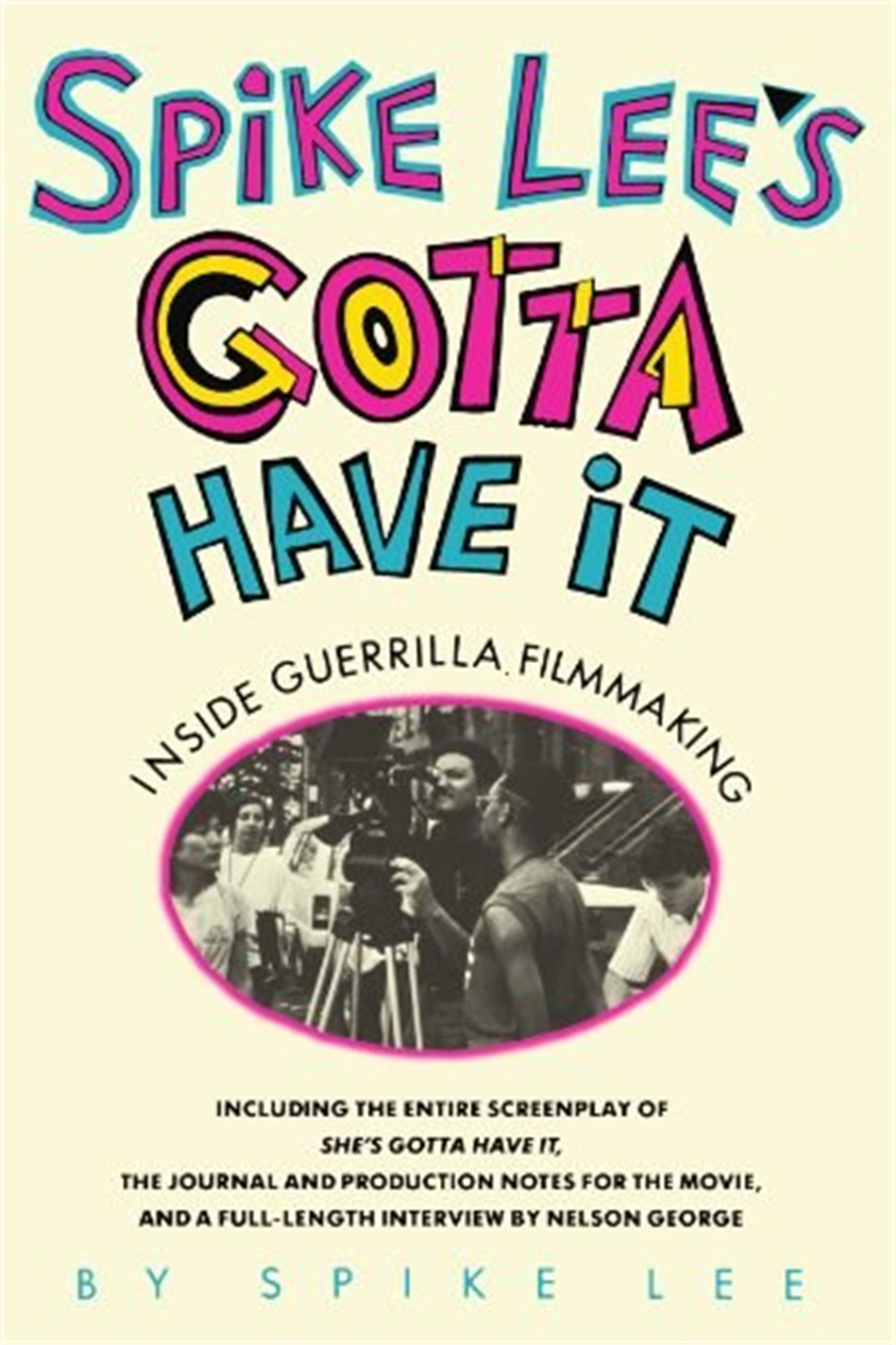
Spike Lee’s Gotta Have It.
Author: Spike Lee
Publication date: 1987
Today, Spike Lee has already made a name for himself and is famous all over the world. But back in the early 1980s, he just graduated from the Film Academy of new york University with a master’s degree. Like many of his peers with the dream of directing, he was worried and depressed every day for finding funds, projects and inspiration.
In 1985, 28-year-old Spike Lee was inspired by Kurosawa’s classic Rashomon, and started to write the screenplay "Steady Operation Wins Volume". That summer, with a patchwork of 30,000 to 40,000 dollars, he completed the filming in only 12 days. As Spike Lee’s debut, A shoo-in not only won more than seven million dollars at the box office, but also successfully influenced a large number of latecomers, including quentin tarantino.
In 1987, Spike Lee compiled his personal diary in the whole process of "A shoo-in" from brewing to raising to filming and release, which is the book of the same name. Even if we open it again decades later, we can still feel the childlike heart of a young director between the lines.
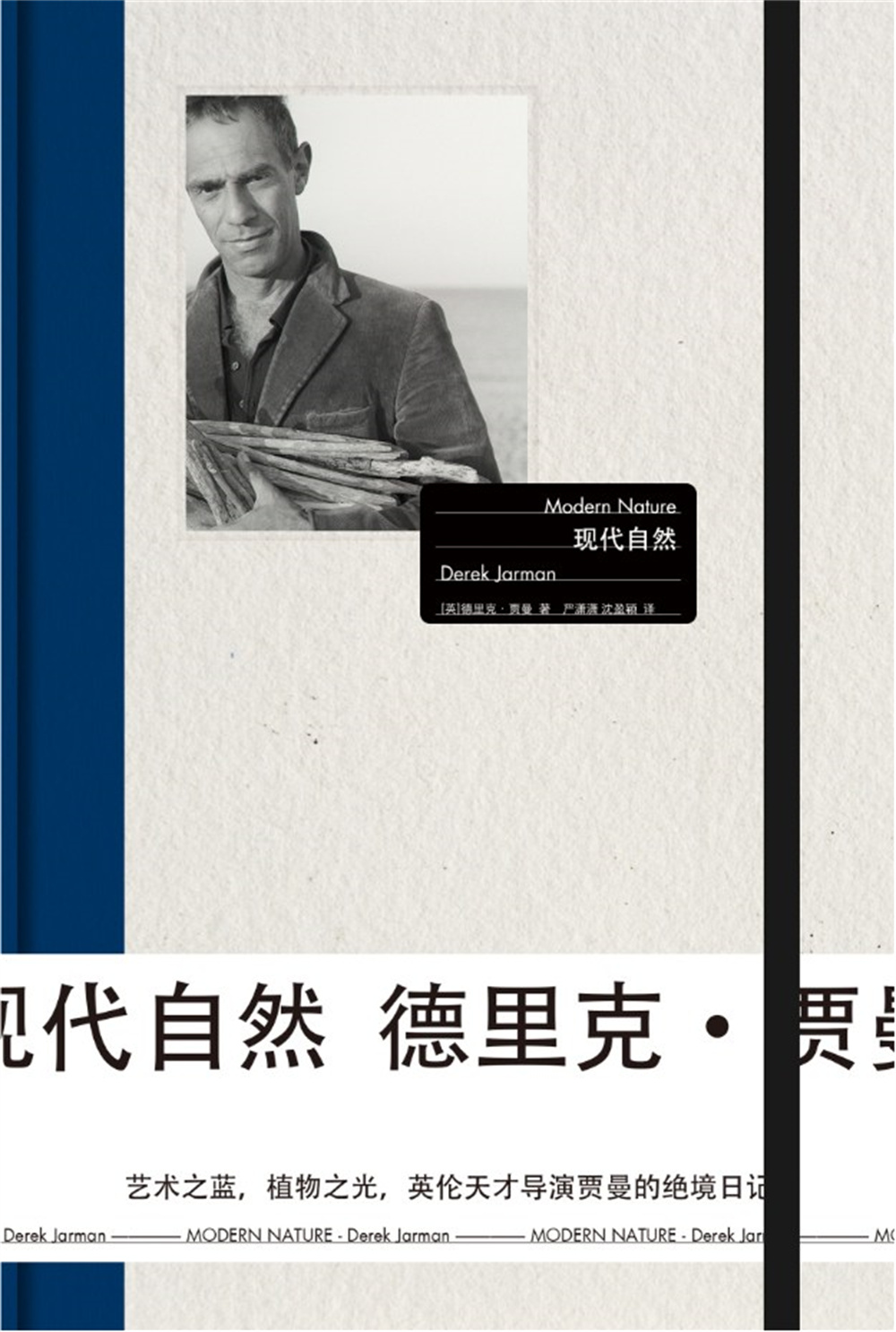
"Modern Nature" (Modern Nature)
Author: Derek Jarman
Publication date: 1991
Jamaan Jamaan, a British director who is famous for Caravaggio, The End of England, Edward II and Wittgenstein, is also a big fan of gardening and plants. This diary-style work records his experience of building a garden out of thin air on a desolate pebble beach by himself when he was terminally ill, which has a magical effect of making people feel calm.
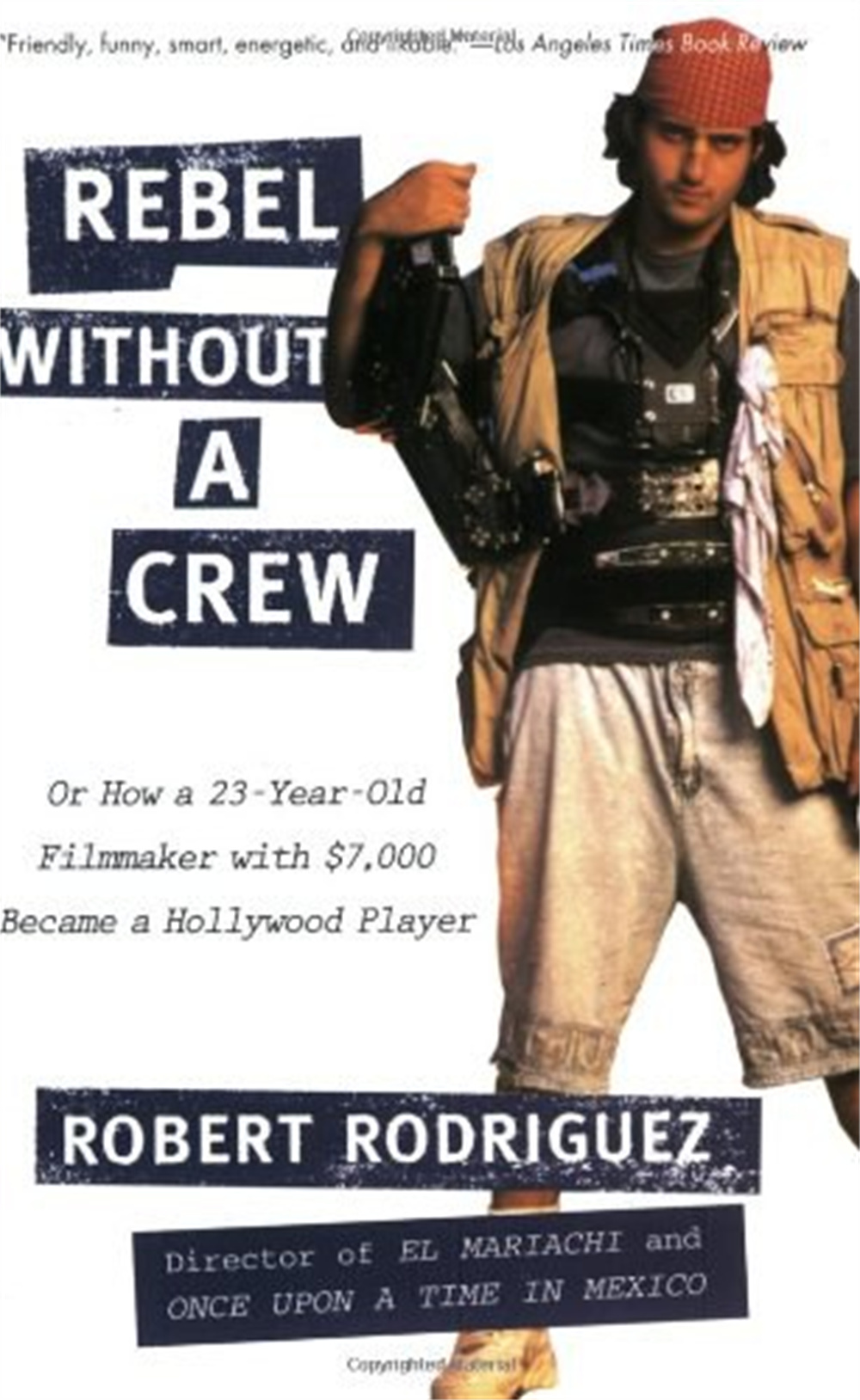
Rebel Without a Crew.
Author: robert rodriguez
Publication date: 1995
The title of this book comes from the classic work Rebel Without a Cause starring james deen, but the subtitle of this book-"How a 23-year-old filmmaker with $7,000 becomes a Hollywood player with $7,000" is more worth emphasizing.
In the book, director robert rodriguez details the whole process of his first film "Elegy of Killer", including how he joined the "White Mouse" project in the pharmaceutical factory, how he tried his own medicine, and how he used this "hard money" to start the filming of this film. Through humorous writing, this talented American independent film has pointed out a thorny but dreamy way forward for all the latecomers who are interested in silver dreams.

Pink (Pink)
Author: gus van sant
Publication date: 1997
When a film director writes a novel, it seems that there is always a tendency of stream of consciousness, and gus van sant, the famous director of American independent film industry, is no exception. This novel, which was published only when he was 45 years old, has been compared with Kurt Vonnegut Jr.’s works by many book critics, which is highly positive in itself.
"Pink" tells the story of an advertising director who is not satisfied with the status quo and hopes to write a sci-fi script that satisfies him, so that he can make a name for himself in Hollywood. In the process, he met two young people from another time and space-the time and space named "Pink", and under their guidance, he completed a transcendental journey about love and eternity.
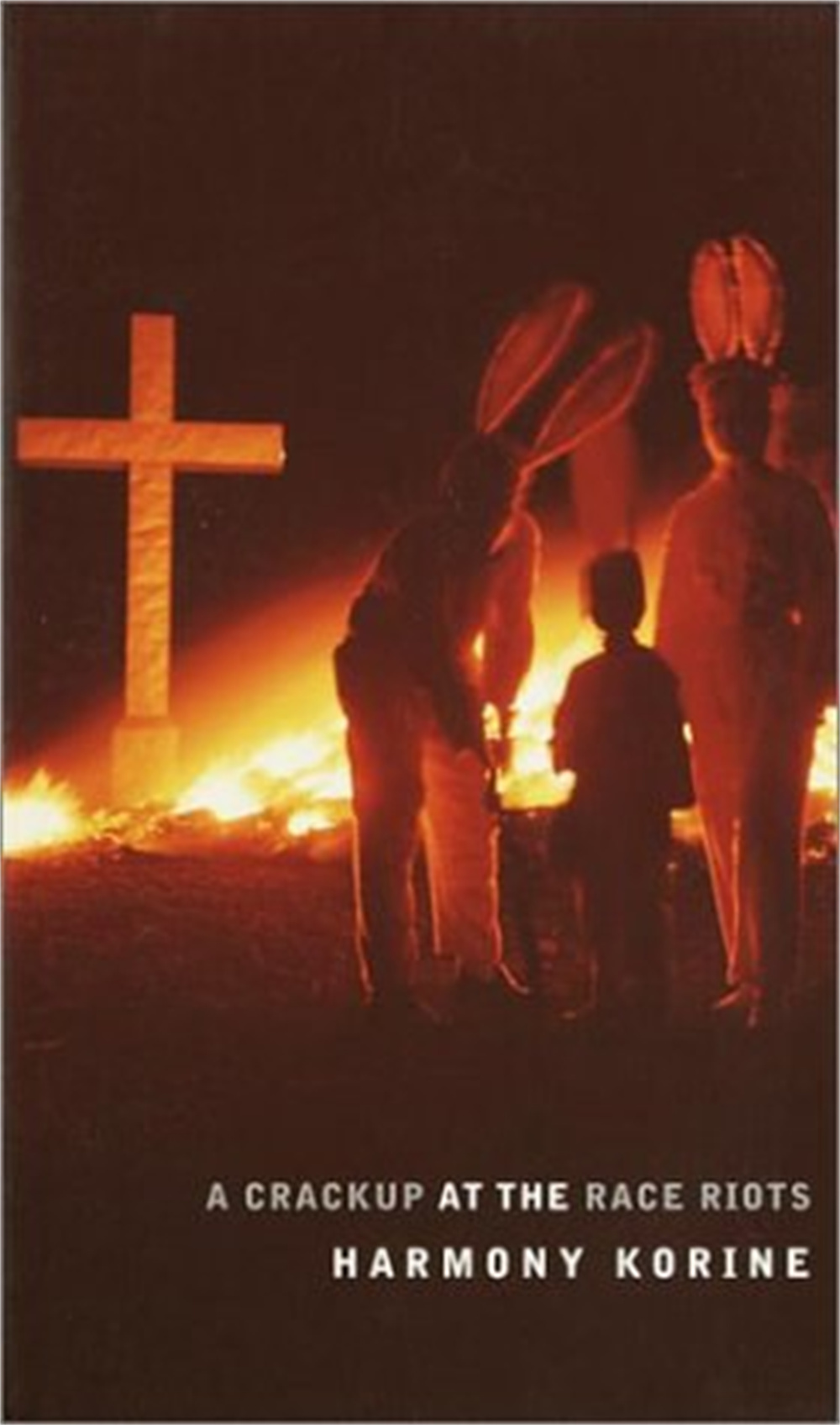
A Crack Up At The Race Riots.
Author: harmony korine
Publication date: 1998
Harmony korine, a post-1970s director in the United States, surprised the independent film industry in his early years with his works such as Strange Boy and Julian the Donkey Kid, but his two recent works, Spring Break and The Beach Tramp, seem to leave people with the impression that Jiang Lang has run out of talent. Fortunately, in addition to making movies, this bad boy in the film industry is actually a master in the literary world. As early as 1998, when he was 25 years old, he published his first novel, The Collapse of Racial Riots.
Based on a racist riot in Florida, the book presents the whimsy of the author in his youth with a kaleidoscope of collage of stream of consciousness. It is not so much a literary novel in the traditional sense as an experimental work of postmodernism.
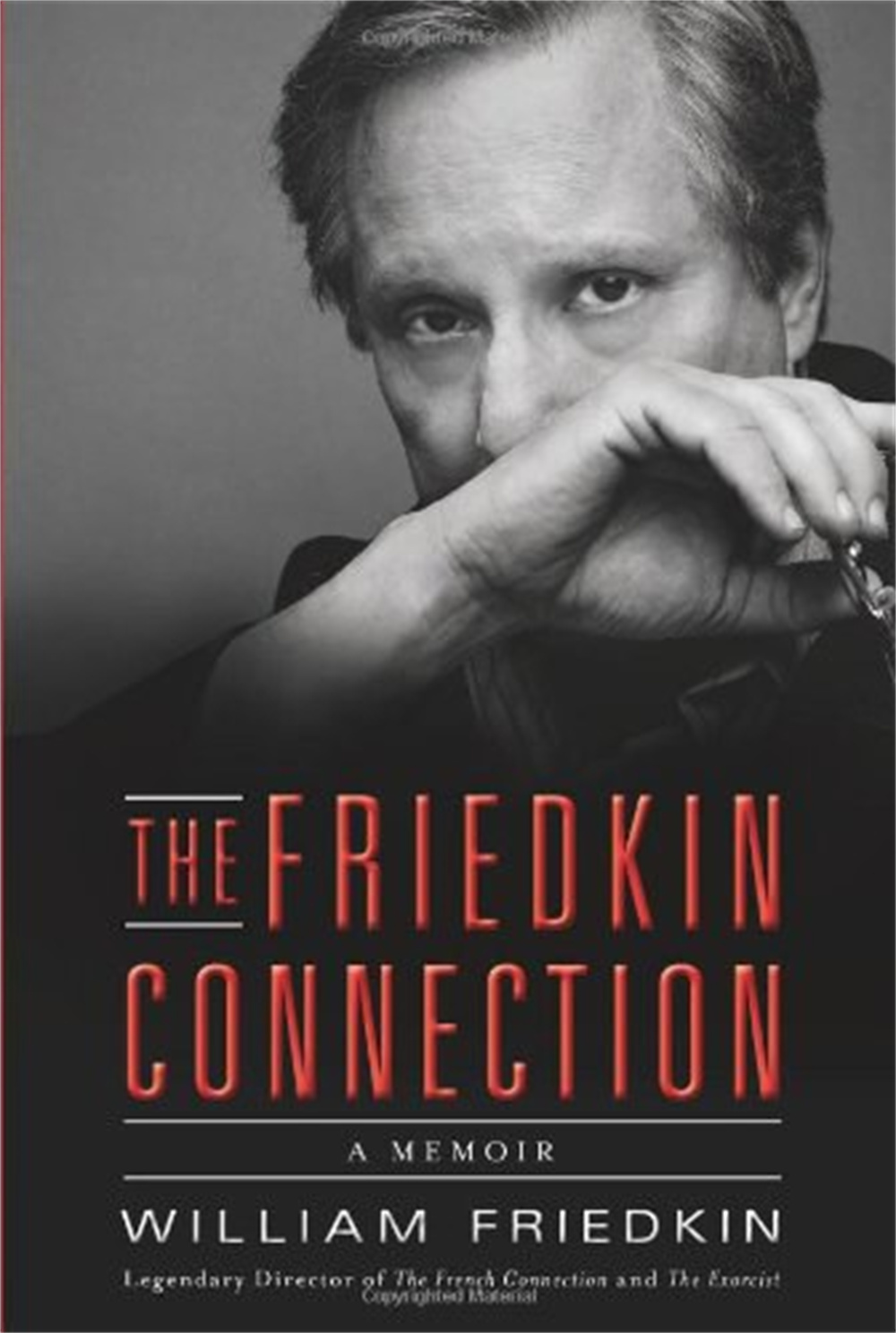
The Fridkin movie network (The Friedkin Connection).
Author: William Fridkin
Publication date: 2013
William Fridkin’s film career suffered many setbacks from the very beginning. The first four films he directed were all on the street, but he didn’t give up. Later, he directed two blockbuster films, French Drug Trafficking Network and exorcist, and finally became a famous Hollywood director. "Fridkin Movie Network" is his memoir published at the age of 78 in 2013. The title is taken from his masterpiece "The French Connection", and the content is a summary of his past life, and he speaks freely about all kinds of inside stories in Hollywood, which makes people want to stop reading.
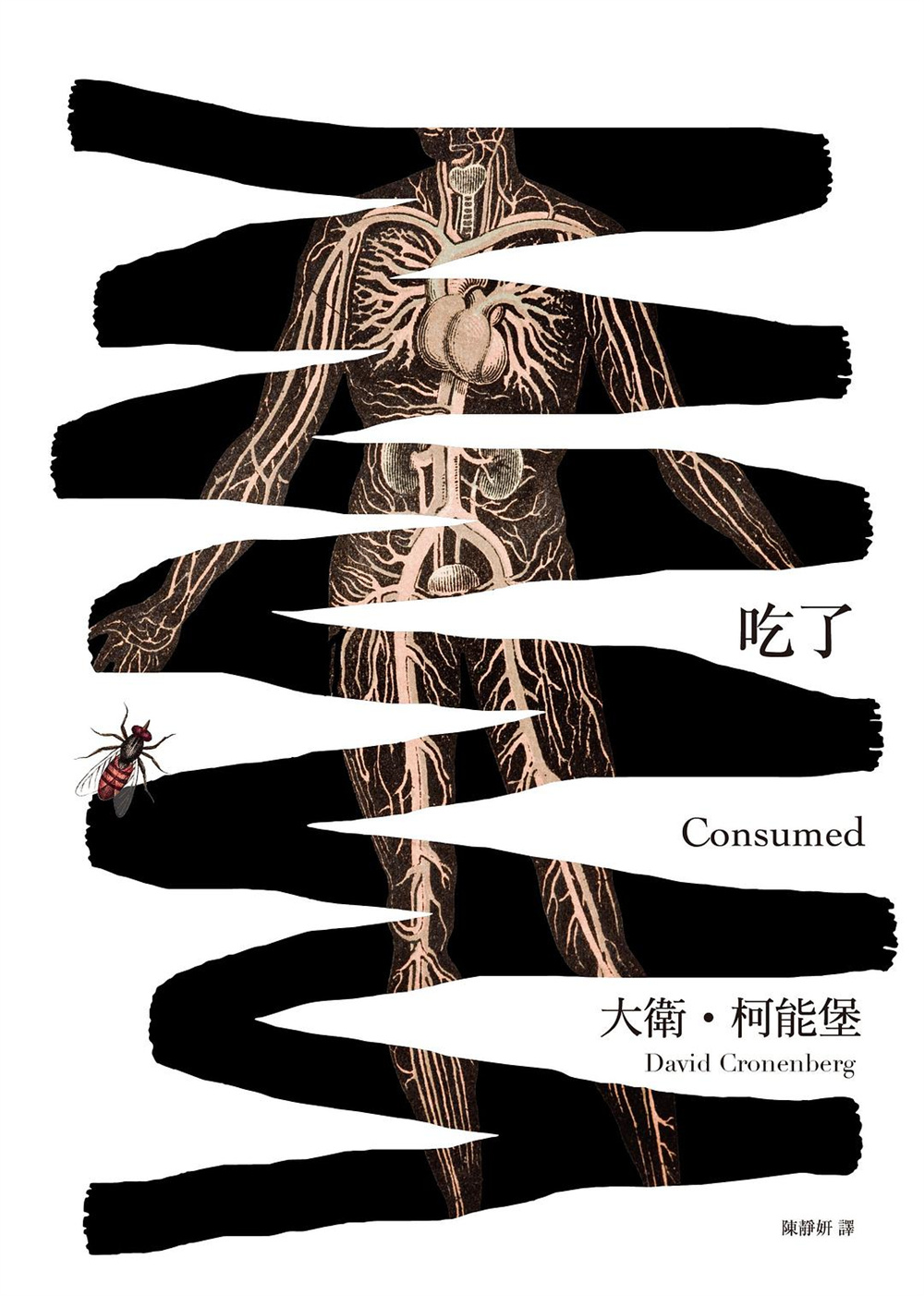
Consumed (eaten)
Author: david cronenberg
Publication date: 2014
Canadian director david cronenberg started with horror films with unique styles, such as Creepy, Rabies, Lingying Baby, Video Murder, and later works, such as The Fly Changer, The Express Desire, Sensory Games, etc., also focused on the variation and metamorphosis of the human body itself, aiming to show the alienation process of modern people from the outside to the inside and all kinds of distortions of modern civilization, the so-called "body horror".
In 2014, at the age of 71, he made his first cross-border novel and published this different-color work "Eat" which is quite consistent with his film style. The story takes the interview process of two independent journalists as the main line, connecting one fantastic modern metropolis after another in series, showing that the most advanced scientific and technological products of human beings are linked with the most primitive instinctive desires, which will definitely make Konenberg’s fans love it.
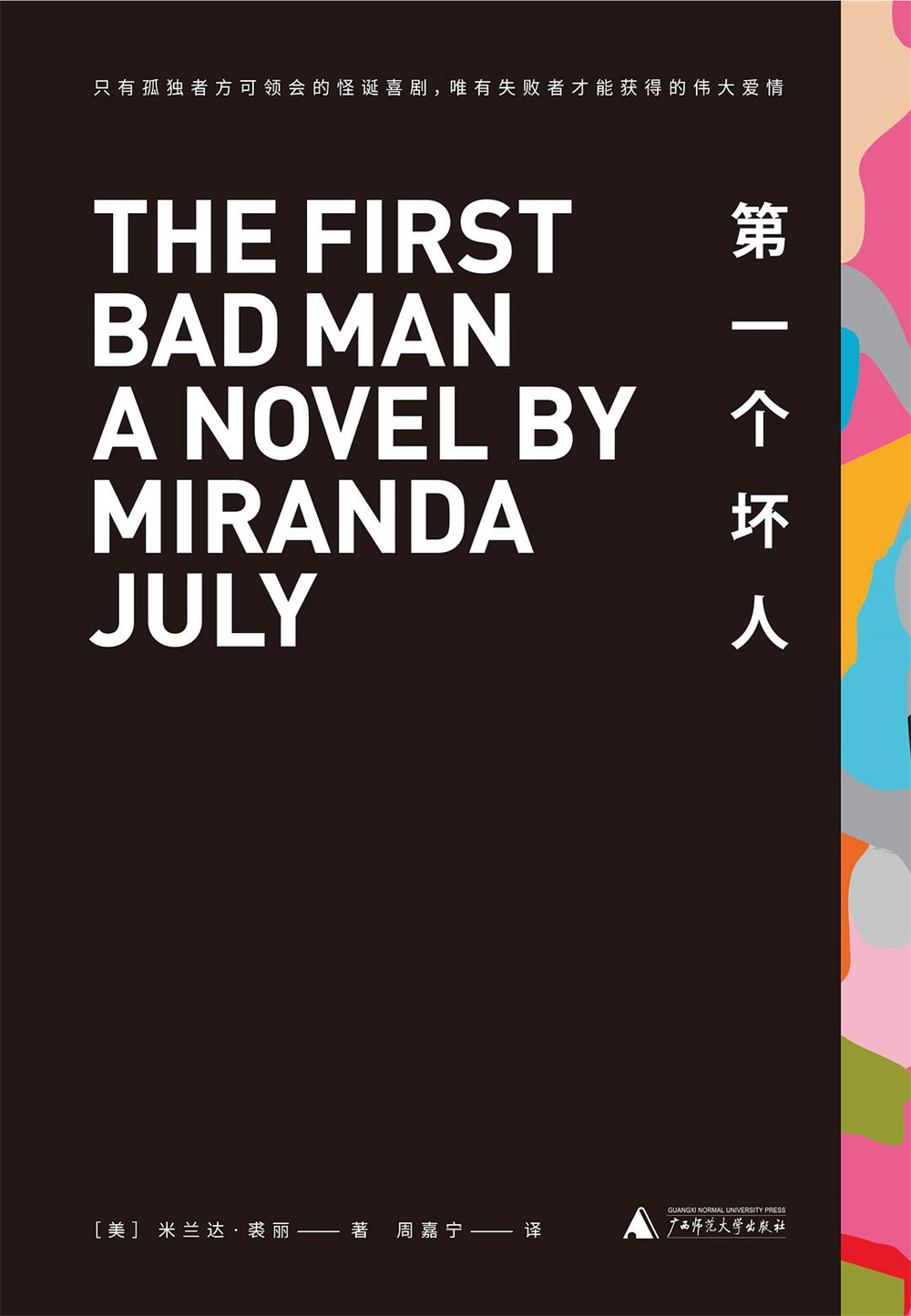
The First Bad Man.
Author: Miranda July
Publication date: 2015
Kajillionaire, the film released the year before last, is the third work of American director Miranda July, but it just happened to catch up with the epidemic. Not only did it fail to make an official appearance in the parallel unit "Bi-week for Directors" of Cannes Film Festival, but even after it was released in the United States, it failed to attract too many people’s attention. However, most people who have seen Billionaire pay tribute to it, thinking that it continues the consistent style of Qiu Li’s previous two works, Love Me You He and Future, and reveals warmth in strangeness, which really belongs to this generation of literary youth.
In addition to making movies, this talented woman born in 1974 also has written works coming out one after another. The First Bad Man is her first novel published in 2015, and her collection of short stories published earlier, No One Belongs Here More than You, has also won the Frank O ‘Connor International Short Story Award.